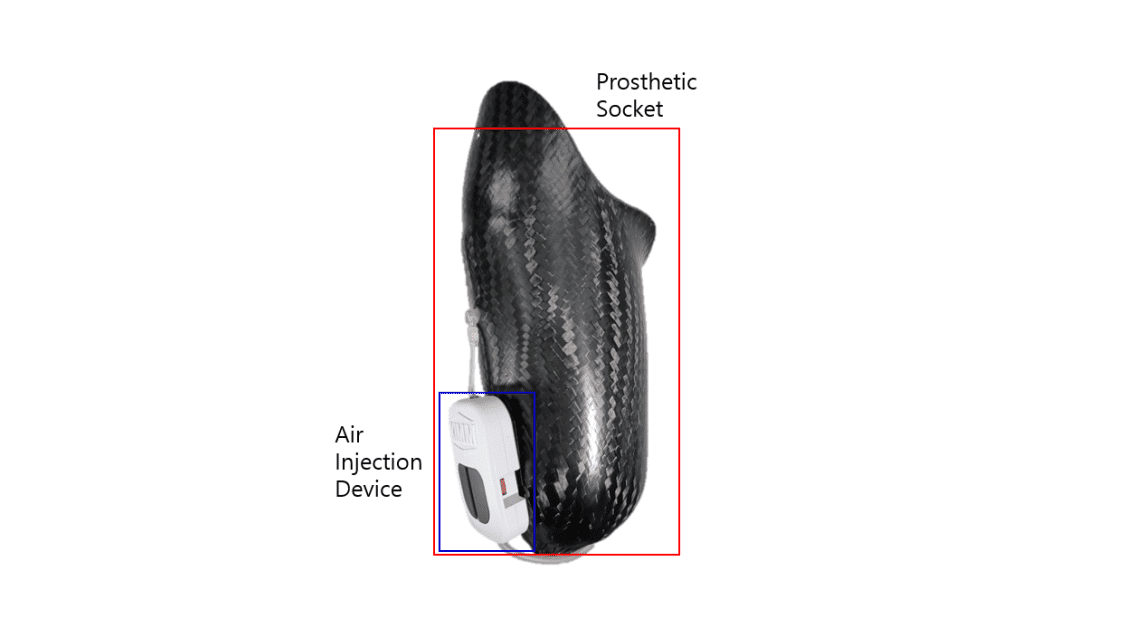A smart prosthetic socket for thigh amputees was designed to automatically adjust using AI to alleviate pain.
A smart prosthetic socket optimized for thigh amputee patients has been developed in South Korea.
The Korea Institute of Machinery and Materials, an institution under the jurisdiction of the Ministry of Science and ICT, developed the smart, customizable prosthetic socket that automatically fills the socket with air upon detecting the empty space inside of the socket using artificial intelligence.
The new technology was developed by senior researcher Kang-ho Lee’s research team at the KIMM Department of Medical Devices and can respond to up to 15% of changes in the volume of the amputated area which can change frequently depending on blood circulation, skin tissue condition, and nutritional status of the patient.
The prosthetic socket relieves pain in the affected area by distributing the applied pressure while minimizing the socket’s movement.
The research team made it possible to analyze the gait stability of the prosthetics user by linking the socket with a smartphone app, so that the patient can monitor the pressure inside the prosthetic socket in real time. The user can directly control the injection and discharge of air in the socket by setting the prosthetic to either automatic or manual mode.
Prosthetic limbs, such as prosthetic legs and prosthetic arms, are manufactured with sockets that fit the size of the residual limb. When wearing a socket that does not match the volume of the affected area, movement, pressure, and friction of the affected area may cause walking fatigue and lead to skin disease at the site of amputation.
There are some products that allow the user to adjust the socket size through a dial, but the disadvantage of such technology is that it is difficult to respond to the volume change of the affected area in real time, requiring manual adjustment as needed.
KIMM’s prosthetic socket continuously measures the wearer’s gait stability based on AI. It reduces any stress on the amputation site by controlling the volume of the prosthetic socket and modifying it in real time according to changes in the walking environment such as flat ground, stairs, or inclines, and changes in walking speed.
“The smart, customizable prosthetic socket reduces any fatigue the wearer might experience while walking, while also alleviating pain in the affected area,” said Lee Kang-ho, senior researcher. “Through the commercialization follow-up study, the KIMM research team hopes to contribute to improving the quality of life of prosthetic wearers and help improve domestic technologies for rehabilitation medical devices.”
This research study was carried out as part of the “Development of human enhancement medicine technologies for rehabilitation of lower and upper extremity motor functions” project from a basic research program being conducted by KIMM.
Photo courtesy of KIMM





